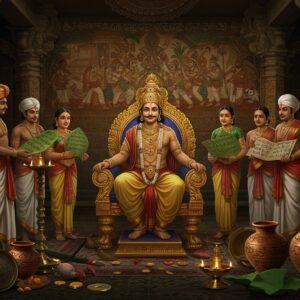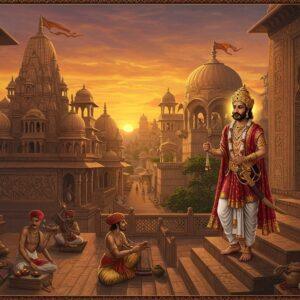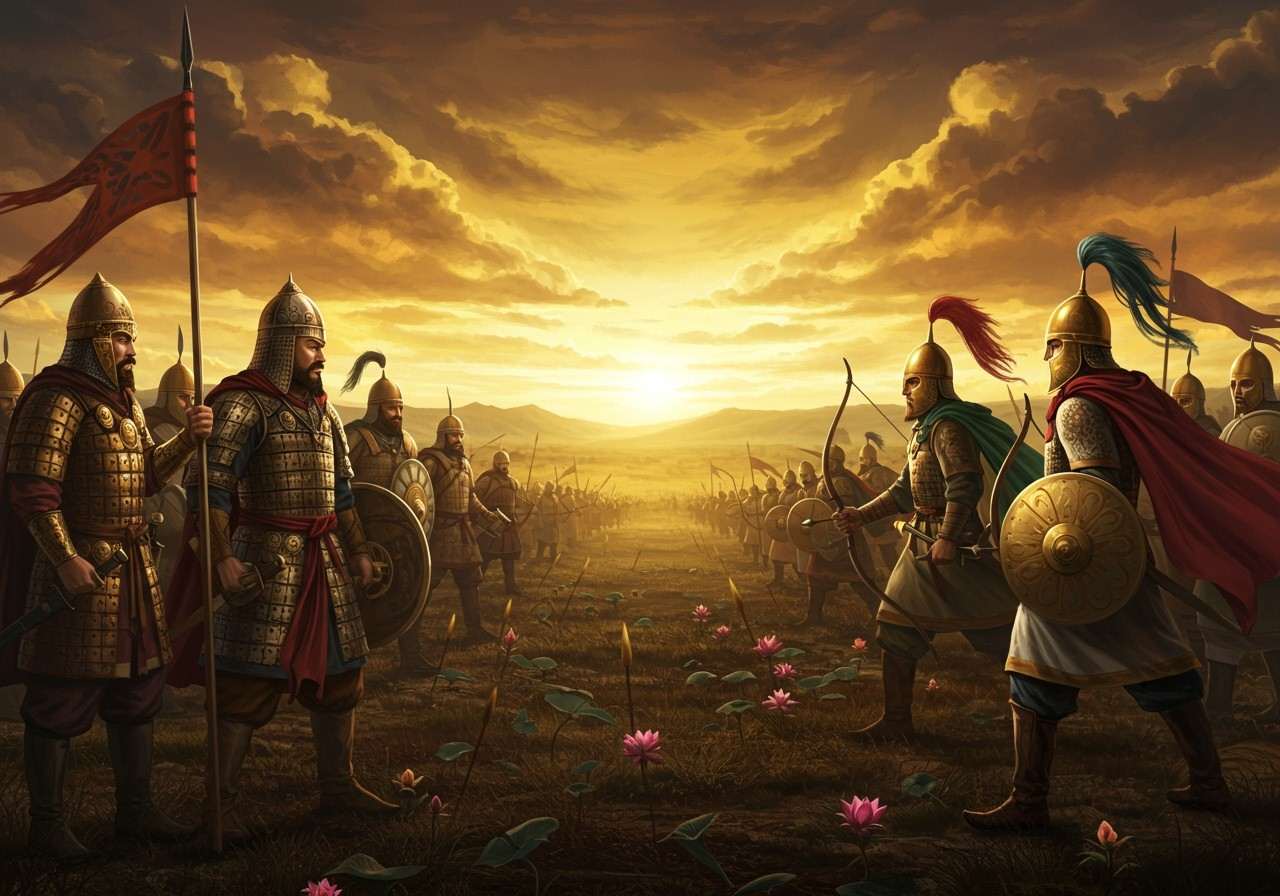
History is filled with grand tales of empires rising and falling, but some stories, especially those from our own backyard of Central and South Asia, often get lost in the pages of time. One such fascinating saga is the long-drawn rivalry between the Sasanian Empire of Persia and the Kushans. This wasn’t just a series of battles; it was a clash of cultures and ambitions that shaped the world we know today. Let’s take a journey back in time to understand this epic conflict.
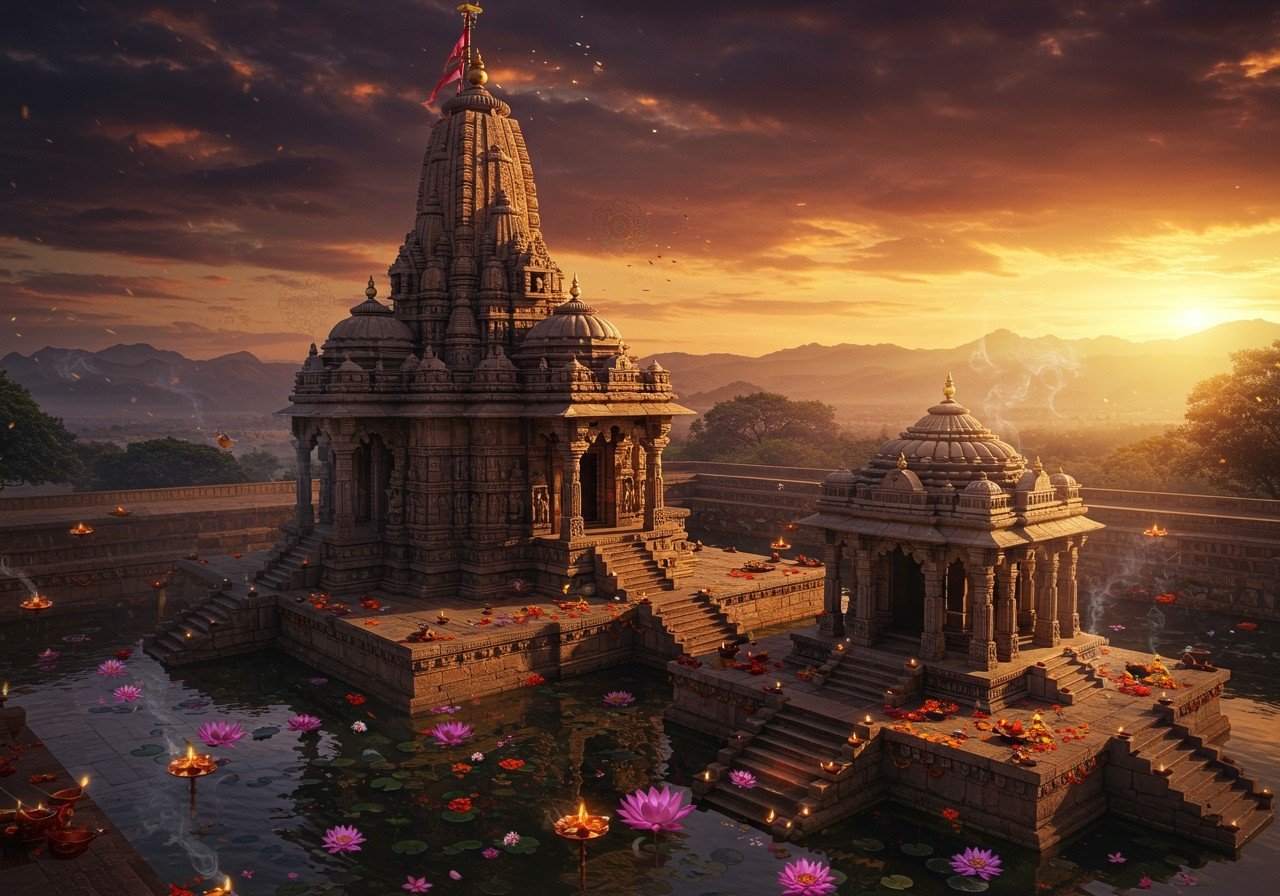
The Seeds of Conflict: A New Power Rises in Persia
Our story begins in the early centuries CE with a powerful and ambitious ruler, Ardashir I. After establishing the mighty Sasanian Empire in Persia, his gaze turned eastward. He saw the vast and wealthy lands of the Kushan Empire, which was experiencing a period of decline. With strategic brilliance, Ardashir I expanded his empire, conquering key territories like Sakastan, Khorasan, Balkh, and others that were once jewels in the Kushan crown. This was the first move in a long and complex game of power.
A Kingdom of Defiance: The Birth of the Kushano-Sasanians
But the story of the Kushans was far from over. In the face of Sasanian dominance, a new, resilient power emerged from within the annexed lands. A different branch of the Kushan family rose up, forming the Kushano-Sasanian kingdom. They were proud rulers who called themselves Kushanshahanshah, which means “King of Kings of the Kushans.” This new kingdom stood as a defiant buffer, holding its ground for years. Meanwhile, the original Kushan lineage continued to rule as the “Little Kushans” in the Punjab region, keeping their cultural flame alive closer to home.
The Saga Continues: Shapur II’s Campaigns
Generations later, around 350 AD, the formidable Sasanian king Shapur II decided to finish what his ancestor had started. He launched powerful campaigns and managed to gain control over territories in modern-day Afghanistan and Pakistan. It seemed as though the Sasanian eagle would finally soar unchallenged. However, history, as always, had a surprise in store.
A New Force Emerges: The Kidarites Enter the Fray
Just when Shapur II seemed unstoppable, a new player entered the arena: the Kidarites, led by their charismatic leader, Kidara. The historical accounts from that time are truly dramatic. The Armenian historian Faustus of Byzantium tells us of fierce battles between 367-368 AD where the Kidarites fought with such valour that even the great Shapur II was forced to retreat. What’s truly fascinating for us is that Kidara had the support of India’s own glorious Gupta Empire! With this powerful alliance, Kidara defeated the Sasanians twice and established his own independent rule, marking a new chapter in the region’s history.
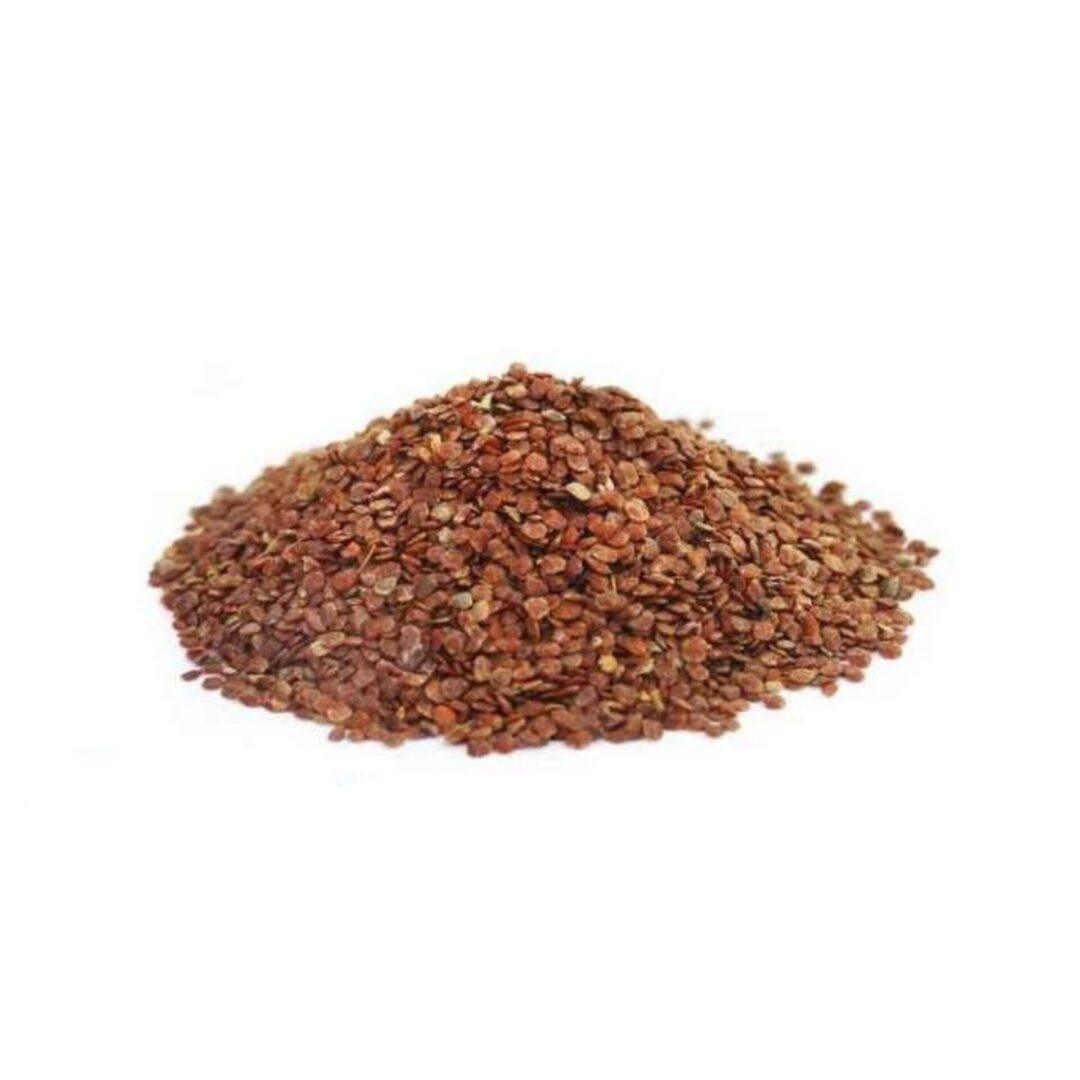
More Than Just Battles: A Legacy of Culture and Commerce
You might wonder, what was the real significance of this long conflict? The true legacy of these empires lies not just in their wars, but in their immense influence on trade and culture. These kingdoms were guardians of the legendary Silk Road. The constant interaction, whether through war or peace, meant that ideas, art, and beliefs travelled along with the caravans of silk and spices.
This period saw a beautiful fusion of cultures. Persian Zoroastrianism met Indian Buddhism, creating a vibrant spiritual landscape. This exchange gave birth to unique forms of art and architecture. The richness of this era reminds us of the importance of preserving our own traditions. Creating a peaceful space for meditation on a traditional Kushasan, made with sacred Kusha grass, can connect us to these ancient spiritual practices. At Poojn.in, we believe in honouring these deep-rooted customs by providing authentic items for your spiritual journey.
The craftsmanship of that era was unparalleled. Beautiful metalwork and intricate designs were common. Today, we can appreciate this heritage through beautifully crafted items like a fancy brass tray (Dala), perfect for your puja room. Such items are not just objects; they are a link to the artistic legacy of our ancestors.
The Enduring Echoes of Ancient Empires
So, what led to the eventual decline of these great powers? Like all empires, they faced a mix of internal struggles and the rise of new forces that eventually overshadowed them. But did they truly disappear? Not at all. The remnants of their culture are still with us, found in archaeological treasures, ancient coins, and in the very fabric of the traditions passed down through generations. Their story is a powerful reminder that our present is deeply connected to the grand tapestry of the past.
Reflecting on these ancient histories can be a deeply moving experience. Lighting a fragrant floral agarbatti can help create a serene atmosphere for such contemplation, connecting you to centuries of spiritual seekers. For all your puja and cultural needs, Poojn.in is here to help. You can easily reach us at 03369029784 or send a message on WhatsApp at 9476142738.

